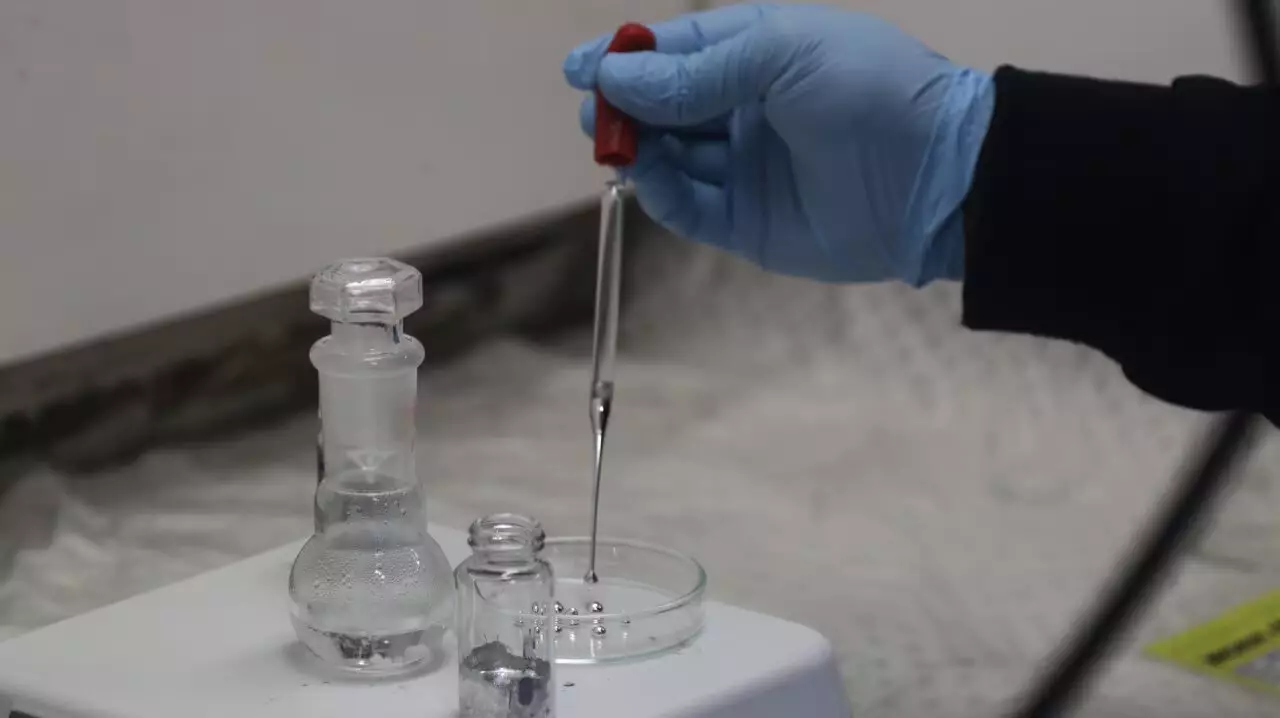The pursuit of sustainable energy sources is a pressing global concern, yet one of the most significant contributors to greenhouse gas emissions continues to be chemical manufacturing. Representing 10–15% of total emissions, this often-overlooked sector consumes over 10% of the world’s energy, largely due to the energy-intensive nature of chemical reactions. Researchers at the University of Sydney are uncovering an innovative pathway to mitigate these emissions through the utilization of liquid metals as catalysts in chemical processes. This method focuses on transformative approaches that could drastically reshape the traditional methods that have dominated the industry for decades.
Liquid Metals: A Fresh Perspective on Catalysis
The approach proposed by the University of Sydney’s researchers is built upon the intriguing concept of “atomic intelligence” found in liquid metals. Unlike solid catalysts that have long been the cornerstone of chemical reactions, liquid metals provide a unique and dynamic environment conducive to facilitating reactions with far less energy. Professor Kourosh Kalantar-Zadeh, who is leading this groundbreaking research, emphasizes the need to rethink the fundamental processes of chemical manufacturing. By dissolving catalytic metals such as tin, copper, and nickel in liquid alloys, these researchers intend to lower the operational temperatures of essential chemical reactions – a revolutionary shift from the high temperatures of several thousand degrees usually required.
Potential Transformations in Chemical Production
This new paradigm has incredible implications not only for traditional plastics but also for the burgeoning fields of green hydrogen production and the breakdown of persistent pollutants such as microplastics and PFAS. These areas present significant environmental challenges, and improving the efficiency and sustainability of chemical reactions could provide much-needed relief. The discussion surrounding the synthesis of materials for essential agricultural and medical applications further underscores the critical nature of this research. Emphasizing that most modern products stem from intricate chemical reactions, Kalantar-Zadeh’s team makes a compelling argument for revolutionizing these processes to reduce their carbon footprint.
The Untapped Potential of Liquid Metals and Future Research Directions
While the exploration of liquid metals as catalytic agents has begun, it remains in its infancy. The concept itself is not yet mainstream, and many chemical processes still rely heavily on established, conventional methods. As researchers delve deeper into the ‘atomic intelligence’ of these metals, the potential for innovation expands exponentially. The implications of this research extend beyond mere emissions reductions; they hold the promise of redefining the chemistry of our everyday lives. The road map laid out by the University of Sydney researchers invites further exploration and experimentation across various chemical domains, possibly leading to unprecedented advancements in sustainability and environmental stewardship.
The quest for cleaner chemical processes is not merely an academic exercise; it is a vital necessity for the future of our planet. By embracing new approaches such as those involving liquid metals, there is hope for a chemical industry that harmonizes with environmental priorities, paving the way for a greener tomorrow. The time for stagnant, energy-wasting processes has passed; the era of innovation and sustainability is on the horizon.

